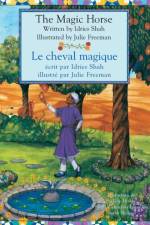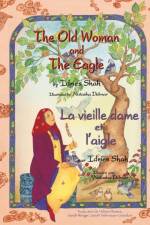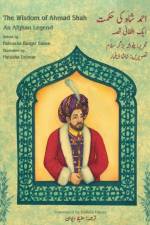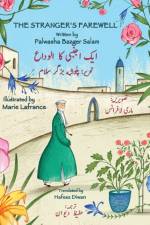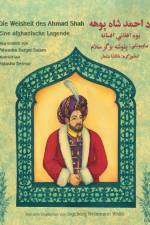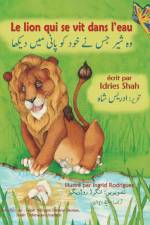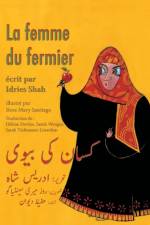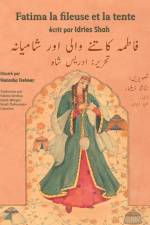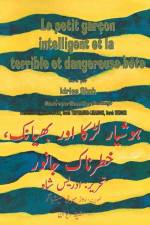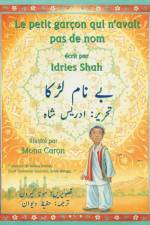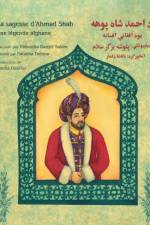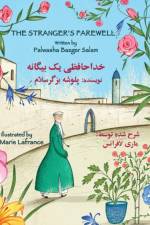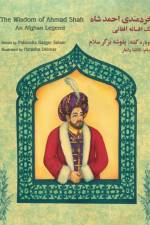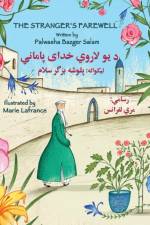- English-French Edition
av Idries Shah
157
(Bilingual English-French edition / Edition bilingue anglais-français) This is the story of two brothers: one skilled in the practical arts and the other, Prince Tambal, considered by most people to be only a dreamer. Their father, the king, announces a competition to produce "interesting and useful devices." The entry produced by a woodcarver appears to be only a simple wooden horse of little value, but when Tambal looks more closely, he discovers that it's able to magically travel to whatever place is in its rider's mind. With the help of this magic horse, Tambal comes to learn a great many things and, eventually, to know his heart's desire. Julie Freeman's beautiful illustrations capture the magic of this tale, with the images and text inset in rich borders of oriental patterns. The Magic Horse is one of an illustrated series of Sufi teaching stories from the Middle East and Central Asia that were collected and adapted for children by Idries Shah, and that have captivated hearts and minds for more than a thousand years. The stories are designed to help children learn to examine their assumptions and to think for themselves. In the Sufi tradition, there is a continuum between the children's story, the entertainment or folklore story and the instructional or instrumental story. A story can help children deal with difficult situations and give them something to hold on to, but it can also stimulate a deeper understanding in adults. Through the instrumental function of this rich body of material, readers of all ages can learn to develop the capacity to be more flexible and to understand many more things about themselves and about life. C'est l'histoire de deux frères : l'un doué dans les arts pratiques et l'autre, le prince Tambal, considéré par la plupart des gens comme n'étant qu'un rêveur. Leur père, le roi, annonce un concours pour produire des appareils intéressants et utiles . L'entrée soumise par un sculpteur sur bois semble n'être qu'un simple cheval de bois de peu de valeur, mais quand Tambal regarde de plus près, il découvre que ce jouet est capable de voyager comme par magie vers n'importe quel endroit dans l'esprit de son cavalier. Avec l'aide de ce cheval magique, Tambal en vient à apprendre beaucoup de choses et, éventuellement, à connaître le désir de son c¿ur. Les belles illustrations de Julie Freeman capturent la magie de ce conte, avec les images et le texte incrustés dans de riches bordures de motifs orientaux. Le cheval magique fait partie d'une série illustrée d'histoires-enseignement soufies du Moyen-Orient et d'Asie centrale qui ont été rassemblées et adaptées pour les enfants par Idries Shah, et qui ont captivé les c¿urs et les esprits pendant plus de mille ans. Ces histoires sont conçues pour aider les enfants à apprendre à examiner leurs suppositions et à penser par eux-mêmes. Dans la tradition soufie, il existe un continuum entre le conte pour enfants, le conte divertissant ou folklorique et le conte pédagogique ou instrumental. Une histoire peut aider les enfants à faire face à des situations difficiles et leur donner quelque chose à quoi s'accrocher, mais elle peut aussi stimuler une compréhension plus profonde chez les adultes. Grâce à la fonction instrumentale de ce riche corpus de documents, les lecteurs de tous âges peuvent apprendre à développer leur capacité à être plus flexibles et à comprendre beaucoup plus de choses sur eux-mêmes et sur la vie.

